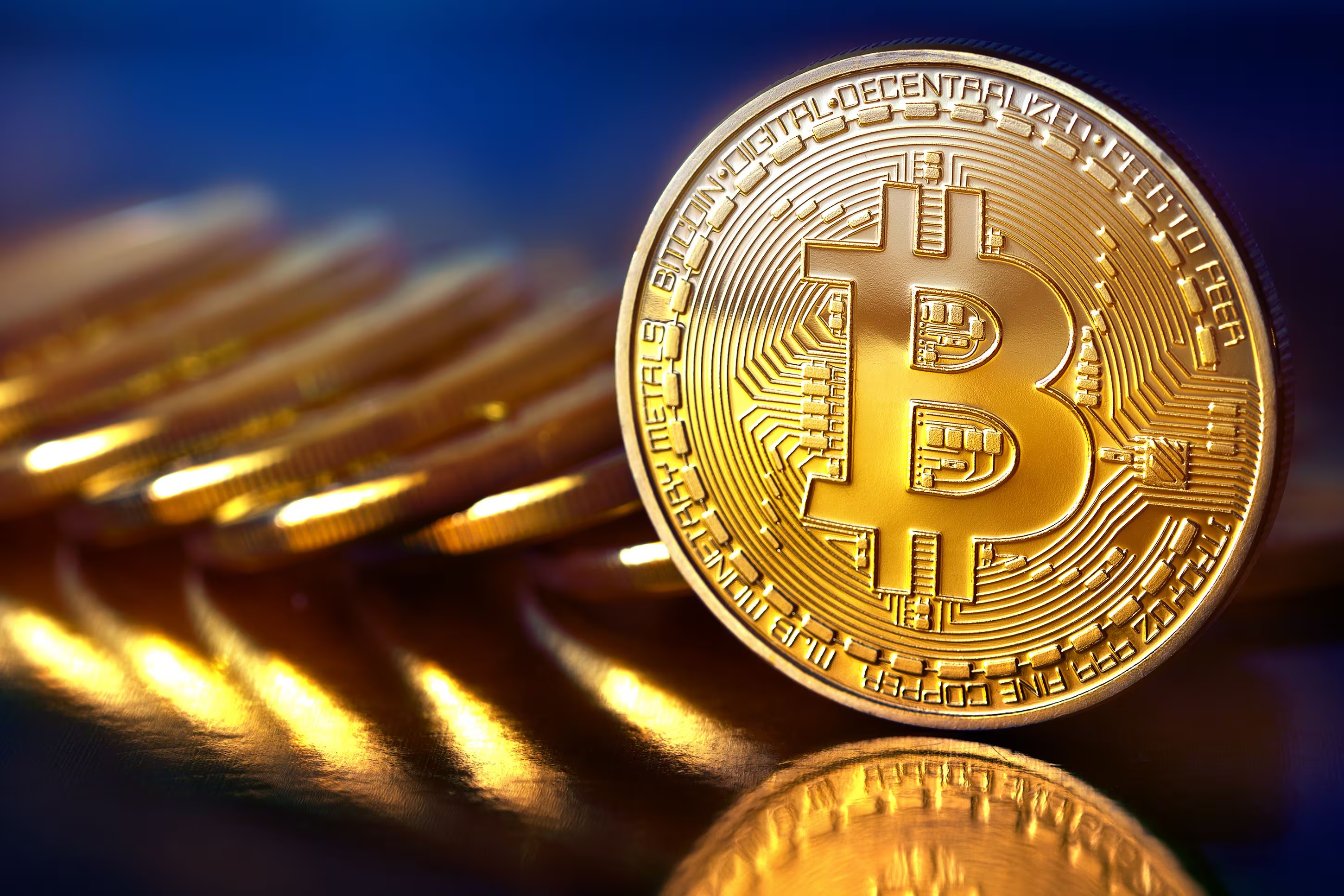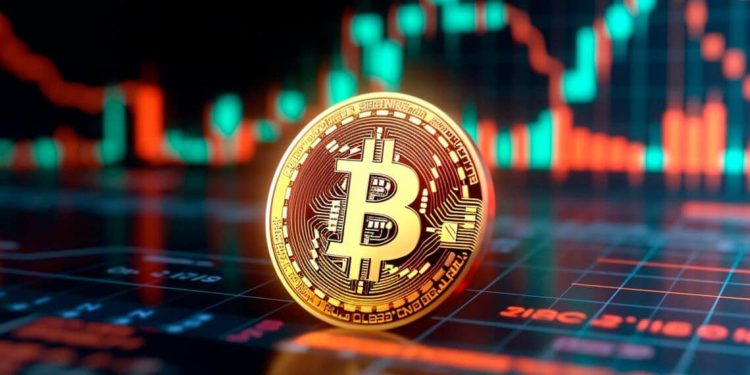Introduction: Understanding the Phenomenon of Bitcoin
Bitcoin, the world’s first cryptocurrency, has experienced a meteoric rise since its creation in 2009. What began as a concept outlined in a 2008 whitepaper by the mysterious Satoshi Nakamoto has evolved into a multi-trillion-dollar asset class that has captured the imagination of investors, technologists, and governments alike. Bitcoin was designed as a decentralized digital currency, free from central authority and relying on the power of cryptography and blockchain technology. It introduced a new way of thinking about money, value, and trust, challenging long-standing assumptions about traditional financial systems.
However, despite its growth, Bitcoin’s future is still filled with uncertainty. Questions about its scalability, environmental impact, regulatory challenges, and its role in the global financial system loom large. As Bitcoin continues to gain both mainstream and institutional attention, many are wondering: what does the future hold for Bitcoin?
This article will explore the potential development trends of Bitcoin over the next decade, examining key factors that will shape its trajectory. From technological innovations to regulatory challenges, we will analyze the multifaceted aspects of Bitcoin’s future and the forces that could either propel it forward or cause significant setbacks.
1. The Technological Foundations of Bitcoin: A Robust but Evolving System
Bitcoin’s most important feature is its underlying blockchain technology, which provides a decentralized, immutable ledger for all transactions. The decentralized nature of Bitcoin’s blockchain eliminates the need for intermediaries like banks, making transactions faster, cheaper, and more transparent. This technology has far-reaching implications, not just for Bitcoin, but for the entire financial system.
However, while Bitcoin’s blockchain is revolutionary, it has inherent limitations. The Bitcoin network operates on a consensus mechanism known as Proof-of-Work (PoW), which requires miners to solve complex mathematical problems to validate transactions and secure the network. While this has been effective in ensuring security and decentralization, it comes at a significant cost—energy consumption. Bitcoin mining requires vast amounts of electricity, leading to environmental concerns and debates about its sustainability.
1.1 The Future of Bitcoin’s Consensus Mechanism
The scalability of Bitcoin has been a topic of debate for years. Currently, the Bitcoin network can process only about seven transactions per second (TPS), far below the transaction volume required for mass adoption. One potential solution is to improve the efficiency of the Proof-of-Work algorithm or to develop alternative consensus mechanisms.
Several proposals are being explored to enhance Bitcoin’s scalability without compromising security or decentralization. For example, solutions like the Lightning Network aim to build off-chain transaction channels that can handle thousands, if not millions, of transactions per second, dramatically reducing costs and delays. The Lightning Network and other Layer 2 solutions could be crucial in helping Bitcoin scale without losing its decentralized nature.
Moreover, while there has been growing interest in Proof-of-Stake (PoS) mechanisms as seen in other cryptocurrencies like Ethereum, there is little appetite within the Bitcoin community for such a transition. The reason for this resistance is that PoW is seen as a more secure and decentralized way to reach consensus, and a change could undermine the very principles that Bitcoin was built on.

2. Bitcoin as a Store of Value: The “Digital Gold” Narrative
Since its inception, one of Bitcoin’s most compelling narratives has been its potential as a store of value. In contrast to traditional fiat currencies, which are subject to inflation and devaluation by central banks, Bitcoin is designed to be scarce, with a total supply of only 21 million coins. This scarcity is often compared to gold, which has been the traditional store of value for centuries. As a result, Bitcoin has earned the moniker of “digital gold.”
2.1 Institutional Adoption and Mainstream Recognition
One of the most important developments in Bitcoin’s history has been the growing institutional interest in the cryptocurrency. Major corporations like Tesla, MicroStrategy, and Square have added Bitcoin to their balance sheets, signaling that Bitcoin is increasingly seen as a legitimate asset for diversification and as a hedge against inflation.
Furthermore, traditional financial institutions such as Fidelity, JPMorgan, and Goldman Sachs have either begun offering Bitcoin-related products or have acknowledged its potential as a store of value. This institutional adoption has lent credibility to Bitcoin and may drive further demand from institutional investors in the coming years.
However, the volatility of Bitcoin’s price remains a concern for many traditional investors. While Bitcoin has been a high-performing asset, its price can fluctuate dramatically in short periods, leading to fears of a bubble. If Bitcoin is to truly emerge as a mainstream store of value, it will need to stabilize and become less volatile.
2.2 Global Inflation and Bitcoin’s Hedge Potential
Bitcoin’s role as a hedge against inflation has been tested in recent years, particularly during periods of economic crisis. The COVID-19 pandemic, for example, led to unprecedented levels of money printing by central banks worldwide. In response, Bitcoin’s price surged, with many seeing it as a safe haven from inflation and currency devaluation.
This trend may continue as fiat currencies continue to be devalued by central banks. As more people lose faith in traditional monetary systems, Bitcoin could become increasingly attractive as a store of value, especially in countries with high inflation rates or economic instability. Countries like Venezuela, Argentina, and Zimbabwe have already seen Bitcoin gain popularity as a means of preserving wealth.
3. The Regulatory Landscape: A Double-Edged Sword
Bitcoin’s decentralized nature means it is not subject to government control or regulation. However, this same feature has raised concerns among policymakers, who worry about its potential to facilitate illegal activities such as money laundering, tax evasion, and terrorism financing. As a result, the regulatory environment surrounding Bitcoin is one of the most significant factors influencing its future.
3.1 The Global Regulatory Approach
Regulation of Bitcoin and other cryptocurrencies varies widely from country to country. In the United States, for example, the Securities and Exchange Commission (SEC) has taken a cautious approach, treating Bitcoin as a commodity rather than a currency. Meanwhile, China has cracked down on Bitcoin mining and trading, citing concerns over financial stability and energy consumption. On the other hand, countries like El Salvador have embraced Bitcoin, recognizing it as legal tender.
In the European Union, discussions are ongoing about how to regulate cryptocurrencies, with some advocating for stricter rules to combat money laundering and protect consumers. The Markets in Crypto-Assets (MiCA) regulation, for instance, aims to provide a framework for the regulation of cryptocurrencies within the EU, potentially paving the way for more widespread adoption.
3.2 Potential for Central Bank Digital Currencies (CBDCs)
One of the key developments in the regulatory landscape is the rise of Central Bank Digital Currencies (CBDCs). Many countries, including China, the United States, and the European Union, are exploring the idea of launching their own digital currencies. While CBDCs are not the same as Bitcoin, they represent a significant challenge to the cryptocurrency market.
CBDCs are centralized by nature and would likely compete with Bitcoin in terms of use cases for digital payments and store of value. However, Bitcoin’s decentralization, censorship resistance, and fixed supply give it a unique appeal that CBDCs cannot replicate. The relationship between Bitcoin and CBDCs will be one of the most fascinating aspects of the regulatory future, as governments may either seek to coexist with Bitcoin or suppress it.
4. Environmental Concerns and Sustainability: The Green Debate
One of the most persistent criticisms of Bitcoin is its environmental impact. Bitcoin mining, which requires vast amounts of energy, has come under fire for its contribution to climate change. According to some estimates, Bitcoin mining consumes more energy than some entire countries. As concerns about climate change grow, the environmental impact of Bitcoin will likely become an even more pressing issue.
4.1 The Push for Greener Bitcoin Mining
The Bitcoin mining industry is already starting to address these concerns by shifting toward more sustainable energy sources. Many mining operations are relocating to regions with abundant renewable energy, such as hydroelectric power in places like Iceland and Canada. Furthermore, mining pools and companies are increasingly focusing on reducing their carbon footprints and improving energy efficiency.
In addition, there is growing interest in using Proof-of-Stake and other consensus mechanisms that are less energy-intensive. While Bitcoin’s community is generally resistant to switching from Proof-of-Work, the broader cryptocurrency industry may push for greener alternatives.
5. Bitcoin’s Future in a Decentralized Financial System
Bitcoin is not just a store of value; it is also a key component of the broader decentralized finance (DeFi) ecosystem. DeFi refers to the use of blockchain-based financial services such as lending, borrowing, and trading, all without relying on traditional banks or financial institutions. Bitcoin’s role in this ecosystem is likely to evolve in the coming years.
5.1 Bitcoin and Layer 2 Solutions
As mentioned earlier, solutions like the Lightning Network are key to Bitcoin’s future in DeFi. These Layer 2 solutions could enable Bitcoin to compete with faster, more scalable platforms like Ethereum, which is widely used for DeFi applications. By enabling instant and low-cost transactions, Bitcoin could become a foundational asset in the DeFi space.
5.2 Bitcoin as Collateral in Decentralized Finance
Another potential use for Bitcoin in the DeFi ecosystem is as collateral for lending and borrowing. Platforms like MakerDAO and Compound already allow users to collateralize their assets in exchange for loans, and Bitcoin could play a significant role in this market.

















































